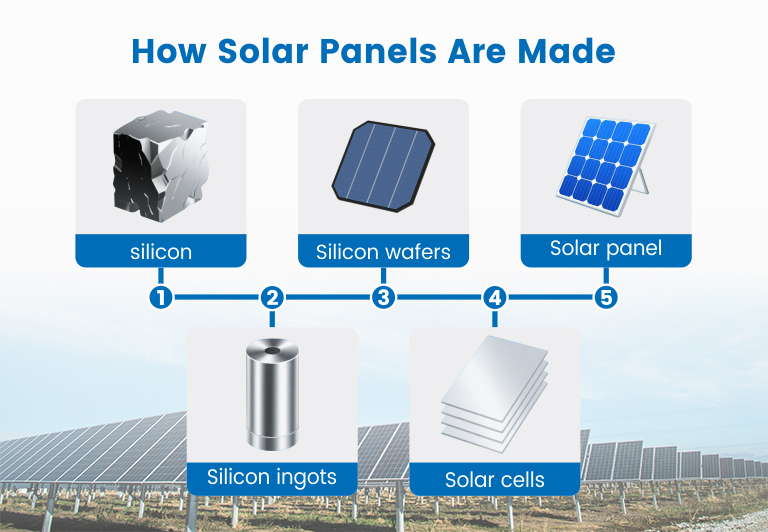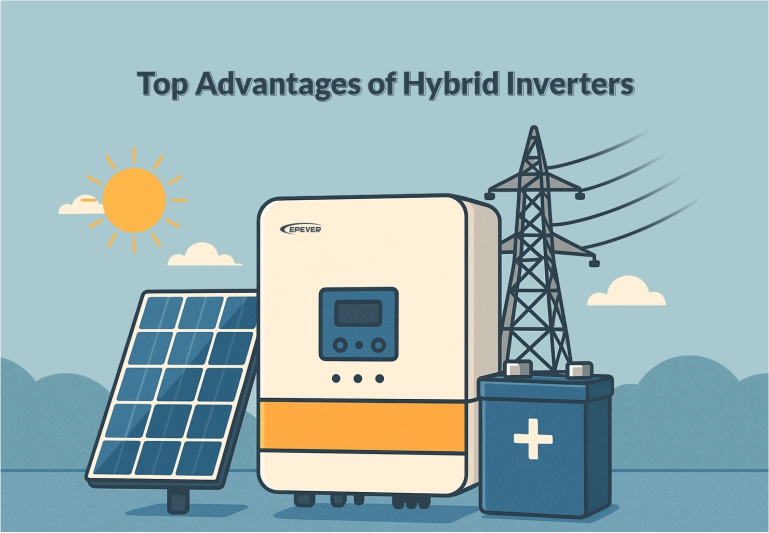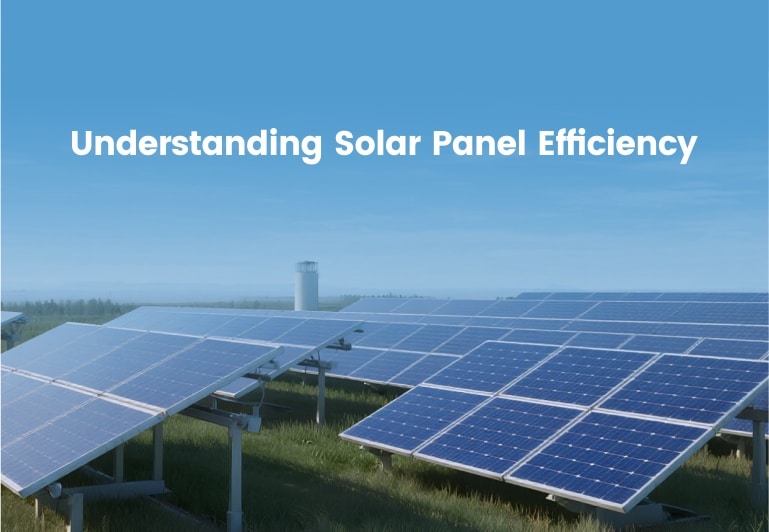Energy Storage Systems for Reliable Power
- 8 July 2025
- 298 views
- No Comments
Energy Storage Systems for Reliable Power
Energy Storage Systems: Reliable Power for Daily Life and Emergencies
Energy Storage Systems (ESS) are reshaping how homes and businesses manage electricity. More than just backup solutions for power outages, ESS play a central role in daily energy efficiency, solar integration, and grid independence. By storing energy from the grid or solar panels, these systems allow users to optimize consumption, avoid peak-time rates, and maintain seamless power during outages.
Unlike traditional fuel generators, modern ESS units are clean, silent, and fully automated. They can power essential appliances, support electric mobility, and even contribute to energy savings through smart load shifting and time-of-use strategies.

Whether you’re aiming to enhance your solar setup, ensure uninterrupted operation during blackouts, or reduce your carbon footprint, a well-designed ESS offers flexibility, security, and long-term value.
Emergency backup is one of the most practical and appreciated features of an ESS. Traditional gas generators may be familiar, but they’re noisy, high-maintenance, and often a last resort. In contrast, today’s battery-based systems respond instantly and silently—powering lights, Wi-Fi, fridges, and other essentials with minimal disruption. When people refer to “battery backup” today, they’re often talking about lithium-powered systems that integrate directly into everyday home use.
This guide takes a closer look at how residential energy storage systems work, the different formats available—from wall-mounted units to fully integrated all-in-one solutions—and the key considerations to help you choose what fits best for your needs.
What Is an Energy Storage System (ESS)?
Not long ago, building an energy storage system meant buying all the components yourself: a battery bank, an inverter, busbars, fuses, and wiring. You’d configure it manually, often relying on local installers or DIY know-how. This approach is still possible today and allows for high levels of customization—many homeowners and small business users still prefer to source a hybrid or energy storage inverter and connect it to batteries of their choice.
However, the market has shifted toward more integrated and user-friendly solutions. A key innovation in this shift has been the introduction of energy storage inverters. These are hybrid inverter-charger systems specifically designed to manage both energy input (from solar panels or the grid) and energy output to the home or appliances. They bridge the gap between modular DIY systems and turnkey solutions by combining charging logic, load management, and inverter functions into one unit.
Alongside this, all-in-one ESS systems have emerged. These pre-assembled products integrate everything—battery, inverter, charge controller, and management software—into a single cabinet. They’re designed for ease of installation, safety, and minimal configuration. Users no longer need to worry about wiring between components, BMS compatibility, or matching voltage profiles.
This progression—from component-based systems to inverter-centered configurations, and now to fully integrated plug-and-play ESS—marks a significant shift in how accessible and reliable energy storage has become. Today, whether you want the flexibility of assembling your own system or the convenience of a fully prebuilt unit, the tools are available to match your needs and technical comfort level.

Core Components of ESS and How They Shape System Design
An energy storage system isn’t a single device—it’s an integration of several subsystems working in sync. Whether bought as a full solution or assembled from parts, each system relies on a core set of components that determine its functionality, safety, and scalability.
- Battery modules– Store the energy for later use
- Inverter or inverter-charger –Convert stored DC power to usable AC for home or business loads
- Charge controller –Manages solar or grid input and safely regulates battery charging
- Battery Management System (BMS)– Monitors voltage, temperature, and ensures safe battery operation
- System interface/display– Allows users to monitor performance, configure settings, and access diagnostics
- Protection devices– Fuses, disconnects, surge protection, grounding—all essential for safety and reliability
- Wiring and interconnections– Includes cabling, terminals, connectors, and busbars that link all components and ensure proper current flow and system integration

While these components are common to nearly all systems, the way they are packaged and delivered varies widely.
Some users—especially those with specific load needs or installation constraints—may prefer to build their own systems. This often involves choosing batteries, an inverter, and additional hardware independently and assembling them to suit their setup. For example, a user might combine lithium batteries with an energy storage inverter and build a solution tailored for an RV, a cabin, or an off-grid residence.
On the other hand, many applications today are better served by integrated systems that come pre-engineered for a particular purpose. A portable power station for camping looks very different from a whole-home backup system—and that’s intentional. The size, capacity, and subsystem integration differ depending on use: portability, convenience, scalability, runtime, or peak output requirements.
That’s why ESS products vary not only by technology but also by form factor and function. Some prioritize lightweight mobility and fast charging, while others focus on long runtime and high power output for fixed installations. And as the technology matures, we see even more hybrid formats—like all-in-one energy storage systems that bring together everything into a compact, efficient unit that’s simple to install and operate.
In the end, an energy storage system isn’t defined by how it’s packaged—it’s defined by how well it meets the user’s needs. Whether you’re assembling it from parts or unboxing it fully prebuilt, the core principle remains the same: capture energy when it’s available, and use it when you need it most.
Different Types of Pre-Assembled ESS Systems
While the form factors vary, most pre-assembled ESS solutions fall into two major categories: portable energy stations and residential backup systems. This streamlined classification helps users better compare their options based on mobility, power needs, and installation constraints.
Here’s how EPEVER’s product families map across these categories:
These systems are built for mobility, fast deployment, and lightweight use cases. They are ideal for outdoor recreation, mobile work environments, or temporary backup during short-term outages.
- HDS Series– Entry-level portable solutions designed for USB, DC, and light AC usage. Compact and easy to carry, great for camping or emergency phone/laptop charging.
- ATZ Series – A more powerful mobile platform, like the ATZ3600EU, which offers 3.6kW continuous output and solar/AC charging. Suitable for mobile businesses, off-grid cabins, or backup for mid-sized home appliances.

Designed for fixed installations, these systems support larger and more sustained energy loads. They are better suited for home energy resilience, off-grid setups, or light commercial use.
- HPS-AHL Series – Fully integrated lithium systems (LiFePO₄) with pure sine wave output, supporting 120V and 220V applications. Plug-ready and usable across global regions.

- HPS-AL Series – A budget-friendly alternative with built-in lead-acid batteries and MPPT solar support. Commonly used in rural or low-grid reliability zones.

- ROH-H/F Series – Stackable, scalable all-in-one units with up to 30.72kWh capacity. Offer single or three-phase power and grid/generator integration. Ideal for high-load households and business continuity setups.

Each of these solutions integrates core ESS components—batteries, inverter/charger, charge controller, and protection circuitry—into a format optimized for real-world use. They reduce installation complexity, eliminate compatibility risks, and shorten deployment time.
How to Choose the Right System for Your Home
Choosing the right energy storage system (ESS) isn’t just about picking the most powerful box on the shelf. It’s about finding the system that fits how you live—how much energy you use, when you use it, and what kind of backup or solar support you really need. Here are the most important things to think about before making a decision:
1. Capacity and Power Output
Capacity (kWh) tells you how much energy your system can store. Think of it like a fuel tank—larger capacity means longer runtime.
Power Output (kW) tells you how many devices the system can run at the same time. Even with a large battery, if your output is low, you won’t be able to run high-load appliances all at once.
For example, a 10kWh battery with a 5kW output can typically power a few lights, your fridge, Wi-Fi, and a laptop for about 12–24 hours. But if you plan to run things like an air conditioner or water heater, you may need a system with 7kW+ output or one that prioritizes critical loads.
Tip: Look for systems with both peak and continuous power ratings. That helps you know how the system handles short bursts of demand—like when a pump or fridge compressor starts up.
2. Real-Life Application and Use Cases
What do you want this system to do for you?
- Emergency backup: Focus on systems with fast switch-over and clean sine wave output. Look for capacity that can handle your essentials for at least 8–12 hours.
- Daily cycling for solar savings: Choose LFP systems with high cycle life and smart energy management features.
- Off-grid living or unreliable grid: Prioritize robust all-in-one systems with both solar and generator inputs. You’ll want something that works rain or shine.
- Travel or mobile setups: Portability matters. Smaller systems like the ATZ or HDS series offer compact power without complicated installation.
3. Installation and Integration
Some systems are plug-and-play. Others need a trained installer, especially when connecting to rooftop solar or your main electrical panel.
If you have limited space, wall-mounted or cabinet-style systems can fit nicely in a garage, basement, or utility closet. Modular designs are also easier to scale up over time.
Take the EPEVER ROH Series, for instance—it’s an all-in-one hybrid solution that includes a high-performance LFP battery, inverter, MPPT solar controller, and a battery management system (BMS). Everything is housed in one neat cabinet, reducing setup time and wiring complexity.
4. Compatibility: Make Sure It All Plays Nice
Before purchasing, it’s important to check for system compatibility:
- Your solar panels: Make sure the battery voltage and communication protocols (like CAN or RS485) match your inverter or solar controller.
- Your electrical system: Can your panel handle it? Do you have space for new breakers? Are there any grid restrictions to consider?
- Communication protocols: Hybrid inverters should list compatible BMS protocols. If there’s a mismatch, the system may not charge/discharge correctly, or at all.
5. Maintenance and Lifespan
Most lithium systems—especially LiFePO₄—are low-maintenance. Still, how you install and use them will affect longevity.
What makes a system last?
- Battery cycle life: LFP cells can last 4000–6000+ full charge/discharge cycles (that’s roughly 10–15 years of typical use).
- Thermal safety: LFP also has high thermal stability—less risk of overheating compared to other chemistries.
- Consistent performance: LFP maintains a stable output, even when the battery isn’t fully charged.
Checklist for long-term care:
- Install the system in a dry, shaded, and well-ventilated area.
- Keep firmware updated using tools from the manufacturer.
- Avoid full discharges too often. Shallow cycles help the battery last longer.
- Use app-based monitoring to track performance and catch any issues early.
Many quality systems now come with 8–10 year warranties. If you treat them well, they’ll reward you with consistent power and peace of mind for years to come.
6. Safety and Compliance
Safety should never be optional. Look for:
- Battery Management Systems (BMS): These prevent overcharging, overheating, and ensure cells stay balanced.
- Temperature Monitoring: Look for systems with built-in temperature sensors and cooling systems.
- Physical Protection: Fire-resistant enclosures, proper ventilation, IP-rated waterproofing, and emergency disconnects are all important.
Also, check local codes. Some areas require permits, inspections, or specific installation standards for ESS.
7. Expandability and Future-Proofing
Your energy needs may grow over time. Choose a system that can grow with you:
- Modular battery design: Allows adding capacity later.
- Flexible inverter sizing: Supports additional PV or higher demand.
- Space planning: Leave room for expansion, indoors or outdoors.
EPEVER’s modular solutions are built to scale—start with what you need now, expand as your needs evolve.

Example Scenarios: Matching Real Needs with the Right ESS
1. Off-grid rural home using solar power year-round
Maria lives in a remote area where the grid is unreliable. Her goal is to power critical loads like lighting, a fridge, a well pump, and her home office equipment. She installs rooftop solar panels and pairs them with the EPEVER ROH-F-P20 all-in-one system, which offers 10.24kWh of battery storage and a 5.5kW inverter. With its stackable battery modules, the system provides the flexibility to scale up later—perfect for Maria’s growing energy needs.
2. Urban apartment needing silent, instant backup
James lives in a city apartment and experiences occasional power outages. He doesn’t have space for a large installation and wants something quiet and low-maintenance. He chooses the EPEVER HPS-AHL 1500W system with a 2kWh LiFePO₄ battery. This compact, all-in-one solution sits neatly in his utility room, runs essential loads like his modem, fridge, and lights during blackouts, and restores power without delay or noise.
3. Mobile business that needs power anywhere
Aisha owns a mobile coffee cart that operates at outdoor events and markets. She requires consistent, clean power for her espresso machine and fridge but has no access to grid electricity. She opts for the EPEVER ATZ3600EU, a high-output portable power station with built-in solar charging, delivering 3.6kW output. It powers her full setup for a full day’s work, charges via AC or solar, and ensures her operations run smoothly—quietly and emission-free.
Final Thoughts
A good ESS setup isn’t just about tech specs—it’s about reliability, safety, and making sure your home or business stays powered when it matters most. Whether you’re off-grid, grid-connected, or somewhere in between, start by thinking about what you want your system to do, and choose the format that fits your life.
And if you’re not sure, talk to an expert. A certified EPEVER partner can help you assess your load needs, plan for solar or battery integration, and install a system that’s safe, future-ready, and tailored to you.
Discover our energy storage system, or learn more inverter and charge controller products for expert advice on building a solution that fits your life.




